Scientists to study health impacts of Squamish, B.C., LNG plant
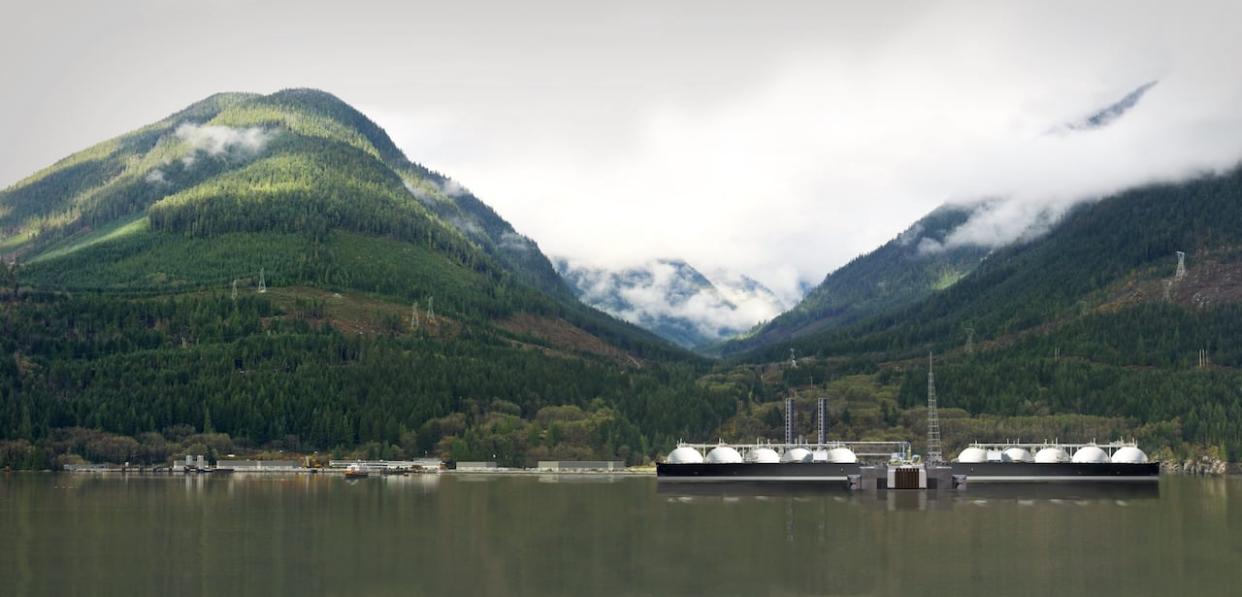
The health impacts of air pollutants from a future LNG project near Squamish, B.C., are the focus of a new joint study between Vancouver Coastal Health (VCH) and a group of scientists from four universities.
The federally funded air quality study is set to start next month and will include VCH, the University of Victoria, Simon Fraser University, the University of Toronto, and Texas A&M University.
"We're catching up by doing this study," said Dr. Tim Takaro, professor emeritus of health sciences at Simon Fraser University. "It's the first one in Canada on flaring at all, and we've been flaring for decades without really looking at the health effects.
"We know very little about the human health effects because there's been very little study, and the industry has just skyrocketed in the last decade."
Gas flaring is the burning of excess methane that can happen as natural gas is processed into LNG. Flaring can happen for a variety of reasons, including to relieve pressure and to clear gas from systems during tests, maintenance and emergencies, according to a Woodfibre LNG document.
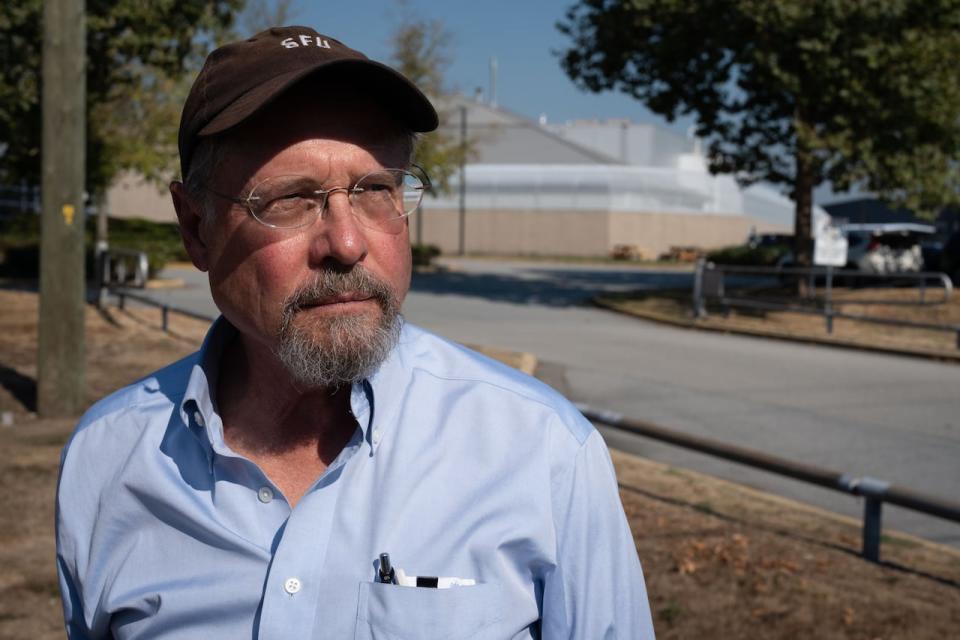
Dr. Tim Takaro, SFU health sciences professor emeritus, says that gas flaring is harmful for health, particularly for vulnerable people. (Maggie MacPherson/CBC)
The study begins as six LNG export projects are planned across B.C.'s coast, with the first and largest expected to start exports next year in Kitimat, B.C.
It also comes a month after emissions from an oil refinery in Burnaby spread a chemical smell across the region, which prompted an air quality advisory in Metro Vancouver.
VCH medical health officer Dr. Michael Schwandt said in a statement that the potential health impacts from flaring are of "great interest from a public health standpoint."
The Woodfibre LNG plant is still under construction and is expected to be complete by 2027. It is located near Squamish, a community about 50 kilometres north of Vancouver that is home to about 24,000 people.
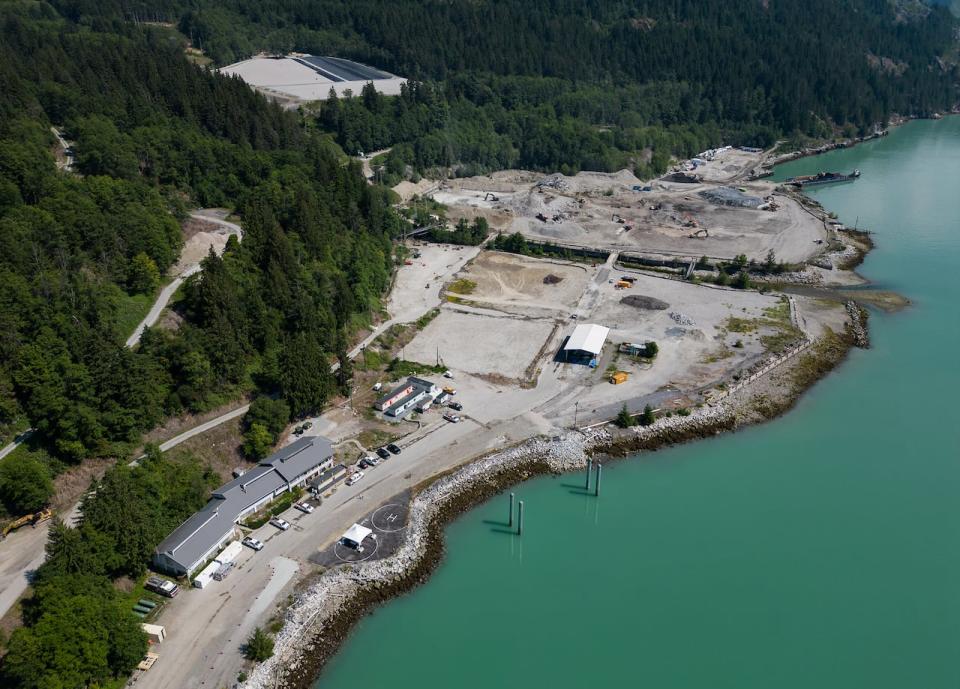
The Woodfibre LNG site is seen on Howe Sound as work continues to prepare for construction, in Squamish last year. The liquefied natural gas export facility is being built on the site that was used as a pulp and paper operation for nearly 100 years before closing in 2006. (Darryl Dyck/The Canadian Press)
Takaro says research on oil and gas flaring in Texas and California found risks of flaring near residential areas — but little data exists from Canada, including data that takes the Squamish region's geography into account.
"We know that flaring is harmful for health," he said. "It's harmful for pregnant women, it produces lower birth-weight babies ... they have higher mortality; we know it causes asthma."
LNG flaring will be rare and harmless: company
A spokesperson for Woodfibre LNG said flaring will be harmless and rarely needed.
"Woodfibre LNG is designed to minimize the need for flaring and will only flare in emergency situations or during certain maintenance procedures," said company spokesperson Sean Beardow in an email Friday.
The company says its project will create more than 650 jobs a year during construction, and roughly 100 full-time jobs over its estimated 25-year lifespan.
The project was approved by B.C.'s Environmental Assessment Office (EAO) in 2015, and has spent much of the past nearly decade winding its way through the permitting, consultation and approvals process.
As part of that, the province said the project met air quality and health requirements.
An EAO spokesperson told CBC News the certificate it issued for the plant requires the company to develop a plan around air quality, including mitigating and monitoring conditions.
"During the original assessment, it was determined that under normal operation and unplanned incidents, ground-level concentrations of contaminants would remain well below the most stringent provincial objectives," a spokesperson for the provincial agency said in an email.
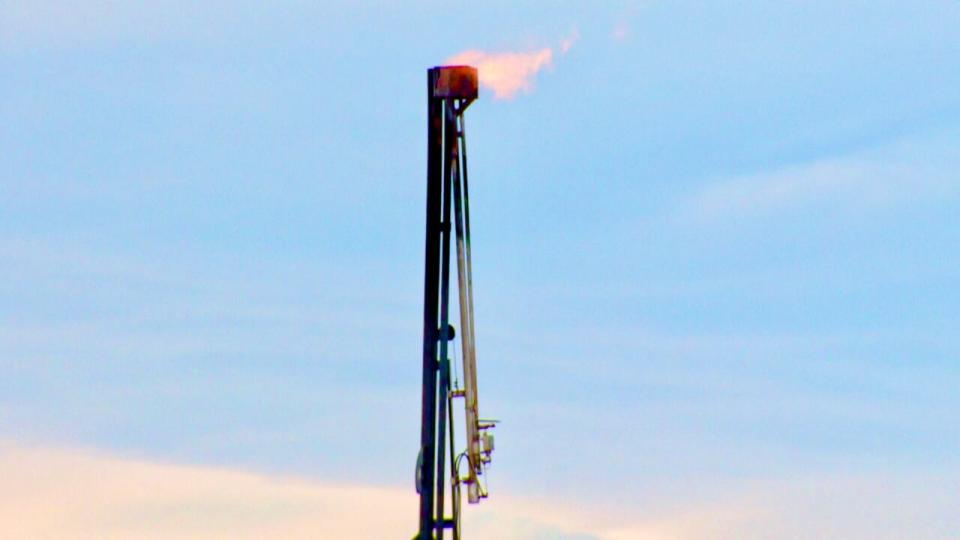
An oil producer burns methane gases by flaring. (Kyle Bakx/CBC)
'More flaring has happened than what was predicted'
But that's little reassurance to researchers, who say an independent study is needed to test the company's estimates of how much it will likely flare.
According to civil engineering assistant professor Laura Minet, leader of the University of Victoria's Clean Air Lab, the study will use local airflow and pollution modelling, and satellite data from the five LNG export terminals around the world for which complete flaring emissions data are available — two in Australia, and one each in the U.S., Angola, and Papua New Guinea.
That information was largely unavailable when the Woodfibre LNG export project was approved nearly a decade ago, according to Minet.
"In the past 10 years, that's when most of the export facilities have opened," she said. "And so we now we have a better vision of what's happening there and how much flaring can occur at those facilities.
"A lot more flaring has happened than what was predicted [or] anticipated by the proponents."
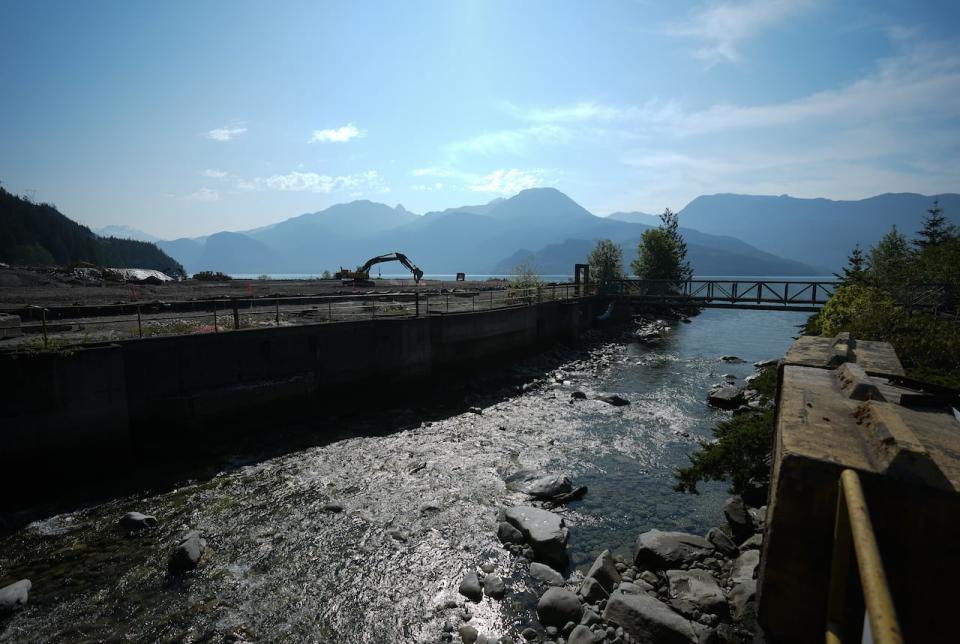
Mill Creek flows into Howe Sound as heavy equipment is used at the Woodfibre LNG site in July 2023. The Howe Sound is a very windy region where Squamish is located. (Darryl Dyck/The Canadian Press)
Squamish is in the Howe Sound region, a mountainous area that is often very windy, making it a popular destination for kite surfing and other water sports. Such winds would normally safely disperse most toxic emissions.
But the area's valley bottom can also keep air from rising, Minet said.
"It's also a region where we can observe temperature inversion layers," she said. "Those are conditions where the pollution is trapped near the ground.
"Those are the meteorological conditions that are a bit more concerning ... concentrations could build up and reach levels that are critical for the population."

